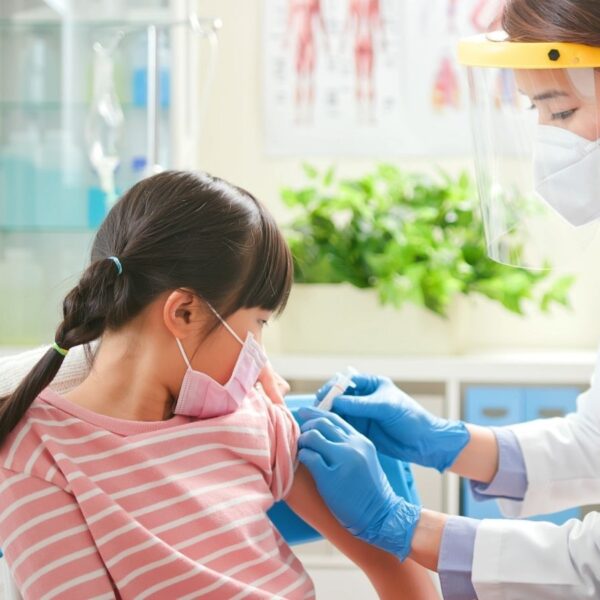239 Scientists Claims COVID-19 is Airborne
Last Saturday, July 4, 2020, the New York Times reported that 239 scientists from 32 countries claimed that the coronavirus disease is airborne and they are calling for the World Health Organization (WHO) to revise its recommendation.
Scientific Journal
The researchers have sent an open letter to the WHO that outlines the evidence showing that that smaller particle of the coronavirus in the air can infect people.
The scientific journal is entitled “It is Time to Address Airborne Transmission of Covid-19” and it was shared with The Washington Post ahead of publication this week.
According to The Washington Post report, researchers insist that the coronavirus can still spread through aerosols or tiny respiratory droplets released by individuals who are infected of COVID-19 into the air.
Furthermore, in spaces that are crowded and poorly ventilated indoor settings this could be dangerous and would cause a number of “superspreading” incidents.
Also, it is stated in The Washington Post that according to Donald Milton, co-author of the scientific journal and a professor of environmental health at the University of Maryland, he said that it’s easy to find virus on surfaces, on hands, in large drops but it is very hard to find much less culture virus from the air and investigators routinely fail to find it.
Milton added in his statement that:
“Because a person breathes 10,000 to 15,000 liters of air a day and it only takes one infectious dose in that volume of air, sampling 100 or even 1000 liters of air and not finding virus is meaningless.”
Response of WHO
According to the WHO’s technical lead on infections control, Dr. Benedetta Allegranzi, the evidence saying that the virus spreading by air which was presented by the researchers was not convincing.
“Especially in the last couple of months, we have been stating several times that we consider airborne transmission as possible but certainly not supported by solid or even clear evidence.”
-Statement of Dr. Bernedetta Allegranzi
WHO already have said since the start that COVID-19 is primarily spread by large respiratory droplets which falls quickly to the floor once expelled by an individual infected of COVID-19 in coughs and sneezes.
Also, in an update released by WHO last June 29, 202O, the agency said that airborne transmission of COVID-19 is possible only after medical procedures that produce aerosol, or droplets smaller than 5 microns or equal to one-millionth of a meter.
WHO added that proper ventilation and N95 masks are of concern only in these circumstances and handwashing is a highly promoted as the primary prevention strategy against the virus even though there is no enough evidence regarding the transmission of the virus from surfaces.
It is also quoted in the NYT report, that the experts said that the coronavirus is borne through the air and can infect people when inhaled whether carried aloft by large droplets that zoom through the air after a sneeze, or by much smaller exhaled droplets that may glide the length of a room.
Consequences of Airborne Transmission
According to the NYT report, here are some of the following consequences of airborne transmission specially to spaces that are crowded and with poor ventilation:
- Masks may be needed indoors, even in socially-distant settings.
- Health care workers may need N95 masks that filter out even the smallest respiratory droplets as they care for coronavirus patients.
- Ventilation systems in schools, nursing homes, residences and businesses may need to minimize recirculating air and add powerful new filters.
- Ultraviolet lights may be needed to kill viral particles floating in tiny droplets indoors.
Source: New York Times, The Washington Post













